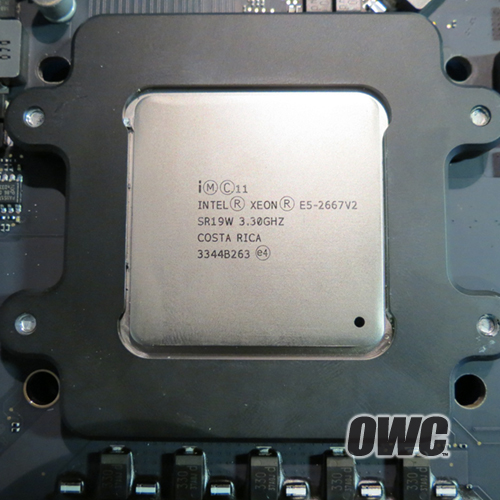
Upgrade process more difficult because of mac's intricate design. But once you do the upgrade right, it just works beautifully. And you extend the life of you machine another two years at less than half the cost of getting a new mac. Open you mind brother. The iMac Pro Model Number, which likely will be shared with later systems, is A1862. For the purpose of a processor upgrade, the original 'Late 2017' iMac Pro models can be identified sufficiently by the iMacPro1,1 Model Identifier in software and externally by the 3144 EMC Number.
Cpu Upgrade For Mac Pro 2010

Upgrade Cpu For Laptop
How to upgrade a MacBook, MacBook Air or MacBook Pro. How to upgrade a Mac Pro (Cylinder/2013 and later). Unofficially, adventurous Apple users have worked out how to upgrade the processor too. Hiring a pro always is a good idea, particularly for an upgrade of this cost and complexity. Processor Upgrade Summary. Ultimately, it is quite possible to upgrade the original processor in the Cylinder Mac Pro models with a faster one and save quite a bit of money in the process, too.
Is it possible to upgrade the processor in the Intel Mac mini models? Officially, Apple does not intend for the processor in the Intel-based Mac mini models to be upgraded. In fact, from the 'Memory Specifications and Upgrades' for the original Intel Mac mini on the Apple Support Site, Apple does not intend for users to even. Instead, the company warns that 'additional memory should be installed by an Apple Retail Store or Apple Authorized Service Provider.' However, as initially provided by a photo from Nakfull Propaganda (no longer online), the CPU in the 'Early 2006/Late 2006' Mac mini models is mounted on a ZIF socket, which makes upgrading the processor possible.
Cpu Upgrade For 2008 Mac Pro Desktop
As mentioned on March 8, 2006, at least one user at the processor in a to a 2.16 GHz Intel Core Duo (T2600). At the time, it was mentioned that the swap was not particularly cost-effective, as based on a, the 2.16 GHz Intel Core Duo (T2600) processor then cost roughly US$650-US$715. However, prices have subsequently fallen, and over time, the price of faster processors than the ones pre-installed inevitably will continue to drop. On June 14, 2006, EveryMac.com reported that a user in the Taiwanese Oikos went a step further and installed an 'engineering sample' of the then 'next generation' 2.16 GHz Intel Core 2 Duo (T7400) processor. It may be a bit challenging to pry the case open and remove the 'innards', but switching processors in the 'Early 2006/Late 2006 Core Solo/Duo' models is quite easy once the motherboard is accessed. An Italian Mac user even posted a helpful step-by-step to upgrading the processor.
On August 7, 2007, Apple introduced the 'Mid-2007' Mac mini 'Core 2 Duo' models -- the and the -- where the company itself effectively just upgraded the processor in the previous models, and these too are socketed and can be upgraded the same way. Unfortunately, as first noted by users following the ' of the 'Early 2009' Mac mini 'Core 2 Duo' on the superb, and subsequently researched and by the reliable, the processor in this revision is soldered and cannot be upgraded. After taking one apart, the always excellent that the 'Late 2009' models internally are identical apart from faster processors and more preinstalled RAM. It is no doubt a major disappointment to hacker types everywhere that the 'Early 2009' and 'Late 2009' Mac mini models have soldered processors. Ultimately, it is quite possible to upgrade the processor in Intel-based Mac mini models released prior to the 'Early 2009' line, but doing so is not recommended by Apple, in violation of the warranty, and consequently, is not endorsed or recommended by EveryMac.com.|||.

 0 kommentar(er)
0 kommentar(er)
